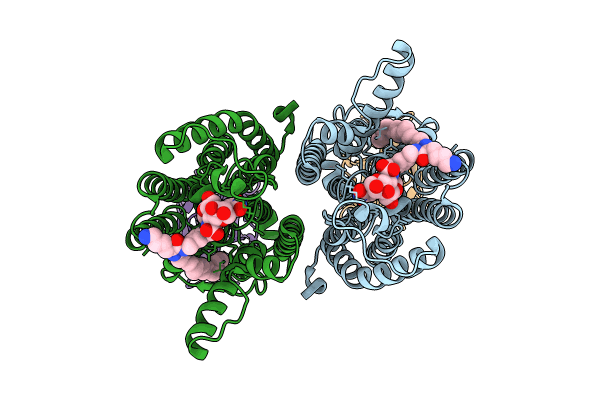
Deposition Date
2024-03-26
Release Date
2024-06-26
Last Version Date
2024-10-23
Entry Detail
Biological Source:
Source Organism:
Aquifex aeolicus VF5 (Taxon ID: 224324)
Lama glama (Taxon ID: 9844)
Lama glama (Taxon ID: 9844)
Host Organism:
Method Details:
Experimental Method:
Resolution:
2.88 Å
Aggregation State:
PARTICLE
Reconstruction Method:
SINGLE PARTICLE


